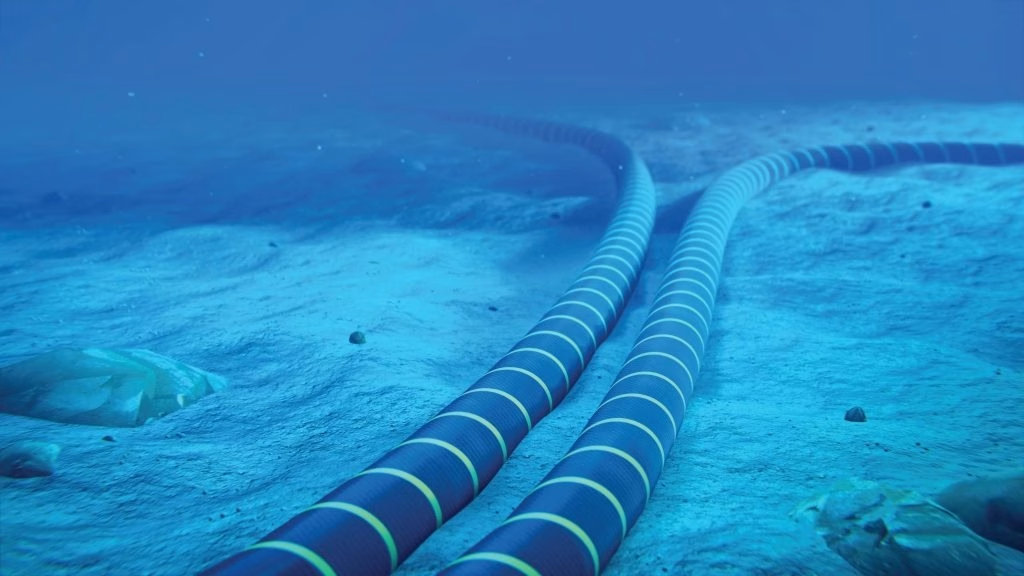Red Sea Cable Cuts Spark Widespread Internet Disruptions; Microsoft Confirms Damage
Multiple critical subsea fiber-optic cables traversing the Red Sea have been severed, leading to significant internet connectivity disruptions across the Middle East, East Africa, and parts of Asia. Microsoft confirmed the damage, highlighting the vulnerability of global digital infrastructure to physical incidents in key maritime routes. The exact cause and extent of the damage are still under investigation, but the impact on internet services has been immediate and widespread.
The Scope of the Disruption
The affected cables are vital arteries for global data traffic, connecting continents and carrying a substantial portion of internet communications. Reports indicate that at least four major cables have sustained damage, including SEACOM, EIG (Europe-India Gateway), AAE-1 (Asia-Africa-Europe 1), and the WACS (West Africa Cable System). These cables are not just conduits for social media and streaming; they are essential for business operations, financial transactions, and critical communication services.
The Red Sea, a crucial chokepoint for global trade and digital connectivity, has become a focal point of concern. Its strategic importance means that any disruption here has far-reaching consequences. For businesses and individuals in affected regions, the slowdowns and outages are more than just an inconvenience; they represent a tangible economic and operational challenge. Imagine trying to conduct international business or access cloud services when your connection is sluggish or completely down. It's a stark reminder of how reliant we've become on these underwater highways of data.
Investigating the Cause: What's Behind the Cuts?
While investigations are ongoing, speculation is rife regarding the cause of these simultaneous cable severances. Initial reports have pointed towards potential damage from anchors or other maritime activities, but the coordinated nature of the cuts has also raised questions about deliberate sabotage.
The geopolitical climate in the region, marked by ongoing tensions, has inevitably led some to consider security implications. However, officials and industry experts are urging caution against premature conclusions. The sheer depth and complexity of subsea cable maintenance and repair mean that pinpointing the exact cause can be a lengthy process.
It's a bit like trying to find a needle in a haystack, but the haystack is miles underwater and stretches across thousands of miles. The process involves specialized vessels, sophisticated equipment, and a lot of patience. The companies that own and operate these cables are working diligently to assess the damage and initiate repair protocols, but it's not a quick fix.
Impact on Connectivity and Services
The immediate aftermath of the cable cuts has been a noticeable degradation of internet speeds and reliability for millions. Users in countries like the UAE, Saudi Arabia, Egypt, and parts of East Africa have reported significant issues. This isn't just about slower downloads; it impacts everything from video conferencing for remote workers to the functioning of cloud-based services that many businesses now depend on.
Microsoft, a major consumer and provider of cloud services, has been vocal about the impact. Their Azure cloud platform, which relies heavily on these subsea cables for global connectivity, is undoubtedly feeling the strain. This incident underscores the critical need for redundancy in network infrastructure. Companies are increasingly looking at multi-cloud strategies and diverse network paths to mitigate such risks, but the reality is that some regions are inherently more dependent on fewer, key routes.
The disruption also highlights the broader challenge of securing critical digital infrastructure. These cables, while robust, are not immune to physical damage. Accidents happen, and unfortunately, sometimes malicious acts occur. The question now is how quickly repairs can be made and what measures can be implemented to prevent future occurrences.
Repair Efforts and Future Implications
Repairing subsea cables is a complex and time-consuming operation. Specialized cable ships are being deployed to the affected areas to locate the damaged sections, retrieve them, and splice in new cable segments. This process can take weeks, if not months, depending on the severity of the damage and the weather conditions.
In the interim, internet service providers are working to reroute traffic through alternative cables and terrestrial networks where possible. However, these workarounds often come with reduced capacity and increased latency, meaning users may not experience a full return to normal service until the damaged cables are fully repaired.
This event serves as a stark reminder of the fragility of our interconnected world. It’s a wake-up call for governments and corporations alike to invest more in the resilience and security of subsea cable infrastructure. We can't afford to have our digital lives held hostage by a few severed wires at the bottom of the ocean. The ongoing investigation and repair efforts will be closely watched by the global tech and telecommunications industries.
